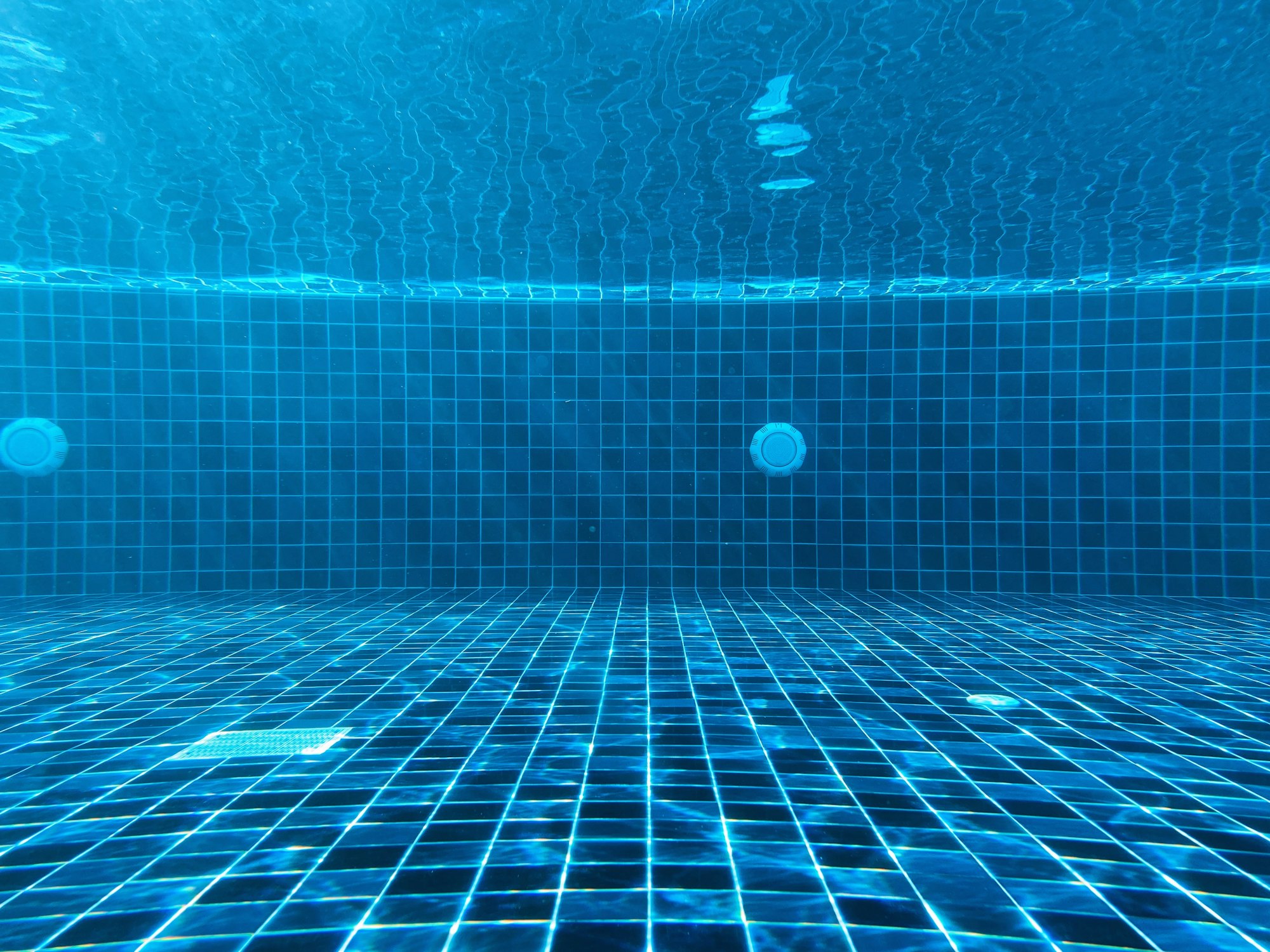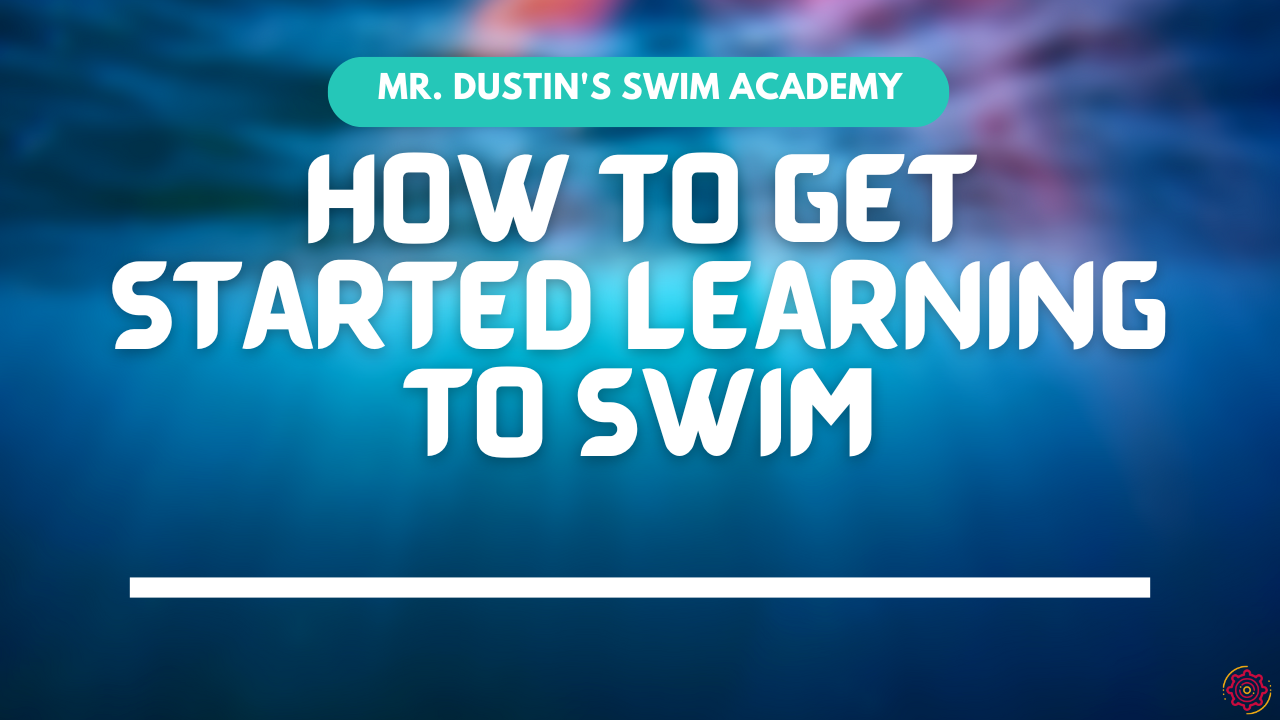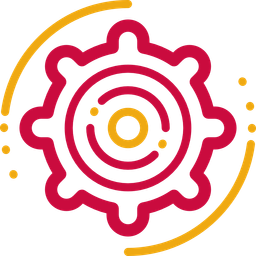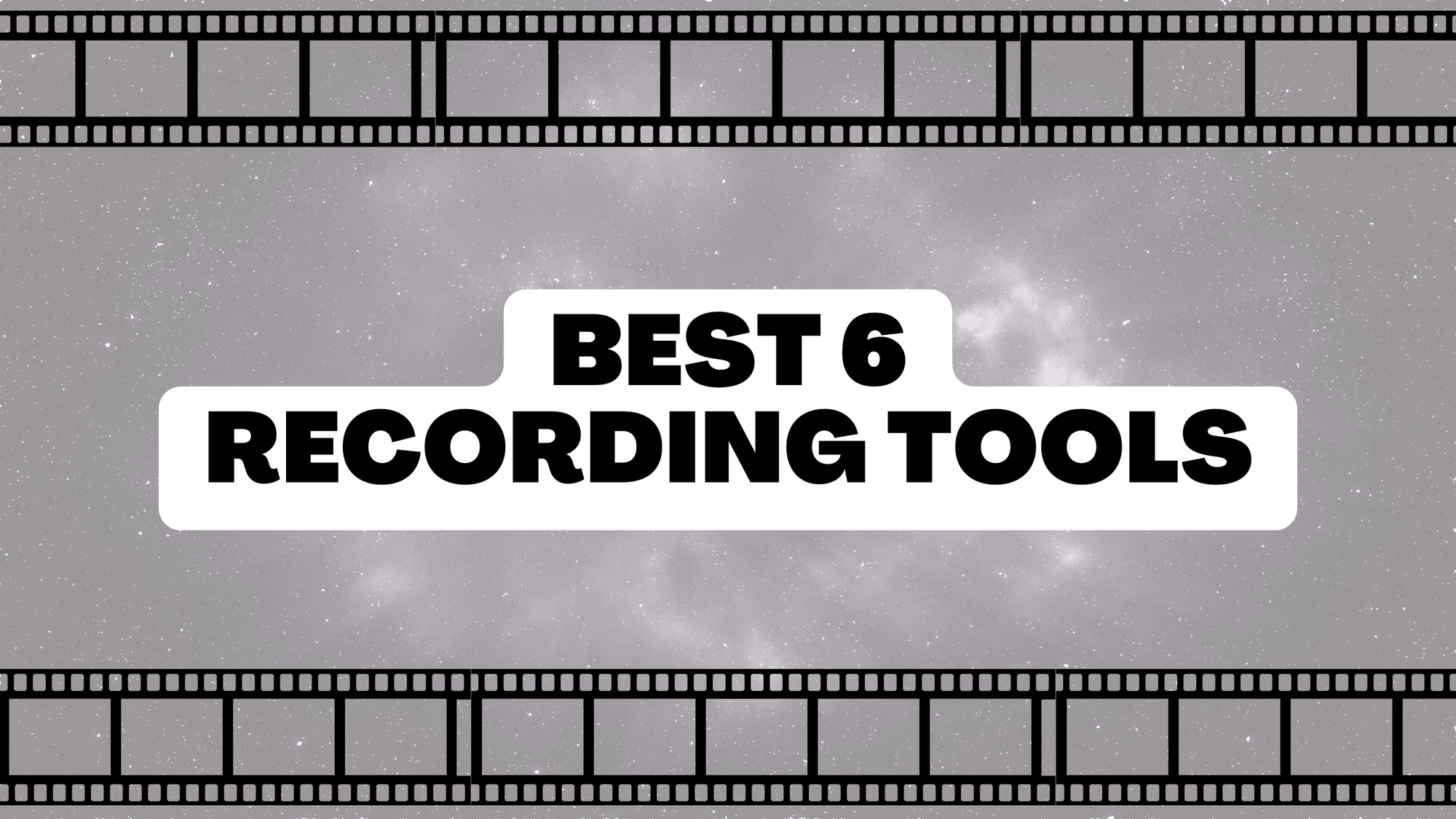While I think it takes longer than you would expect to get good. It only takes 20 hours to get really good at something.
When you strive to learn swimming, then the 9 - The Three Simple Steps of Swimming are key to mastering the aquatic art.
I made them to be a mnemonic to make it easier for you to learn. They break it down to the smallest possible, they apply to all strokes, and they are easy to remember. However there is still more to do in order to get good. Let's talk about all that.
People think it is too late

It doesn't matter what age you start to learn. Swimming is a life skill, and you should know it. Regardless if you're 5, 55, or 85 years old.
The first thing you need is the mindset that you can learn this. You could be scared/fearful, you could be just at a loss of where to start, or maybe you think it is too late in your life.
It is NEVER too late, it is okay to face your fears (and it is okay to be afraid, its normal), and it is okay to not know where to begin. I am here to help you with all three of those things. I highly encourage you to read this newsletter from the start, as it will help you get in the right mindset.
The 3 simple steps to swimming

These are meant to be a simple 3 step system, that you can quickly remember in the heat of the moment. They aren't meant for breathing, but simply moving from point a to point b. Breathing comes later, after you have gotten good at the movement aspects.
- Kicking legs Straight
- Face down
- Arms out, Diving back in
If you focus too much on the arms you'll forget to kick, if your face comes up, then you'll go down. You could be kicking perfectly, and you'll still go down. When your face is up, it limits your flexibility to use your arms, etc.
After the legs get to a point of muscle memory, and your face is consistently down. Then you can work more on the arms, and once you have a grasp on the windmill style movement of the arms. THEN You can add breathing to the mix.
Our brains can only focus on one thing at once, no matter how good you think you are at multitasking. However it is really good at switching tasks, and is the reason why I made these into 3 steps. 1, 2, 3, boom boom boooomm kind of thing. You can remind yourself the steps while doing them to self-correct your movements.
The Psychology, Philosophy, and Physics of Swimming
Another aspect to learning to swim (or really anything), that helps you get a handle of what is going on. Everyone needs all 3, but everyone also has an anchor they cling to. It is a natural course for our brains, and it often depends on what you need most. Or sometimes what you THINK you need most.
So for example a man (just an example) might come to me saying he needs the HOW to swim. Meaning the Physics, as he wants to learn the steps of how to do it. However once we get in the pool the way he acts, is that of being more afraid of the water. Meaning to me his true anchor is actually that of Psychology, which is the WHAT behind it all. What is going on, if you will.
That is my job as the instructor, and why it is helpful to have someone to help teach you. Now this isn't the case always, and often too when someone comes in with the WHY, HOW, or WHAT in their mind. Usually that is what they actually need first. Just my point is you don't always know, what you don't know.
You may think you need to know the physics, but its more philosophy behind it. More psychology, or all 3.
Please continue reading through the posts!

![Official Website for Dustin Miller PolyInnovator [LLC]](https://polyinnovator.space/content/images/2025/03/polyinnovator-logo-2024.png)












